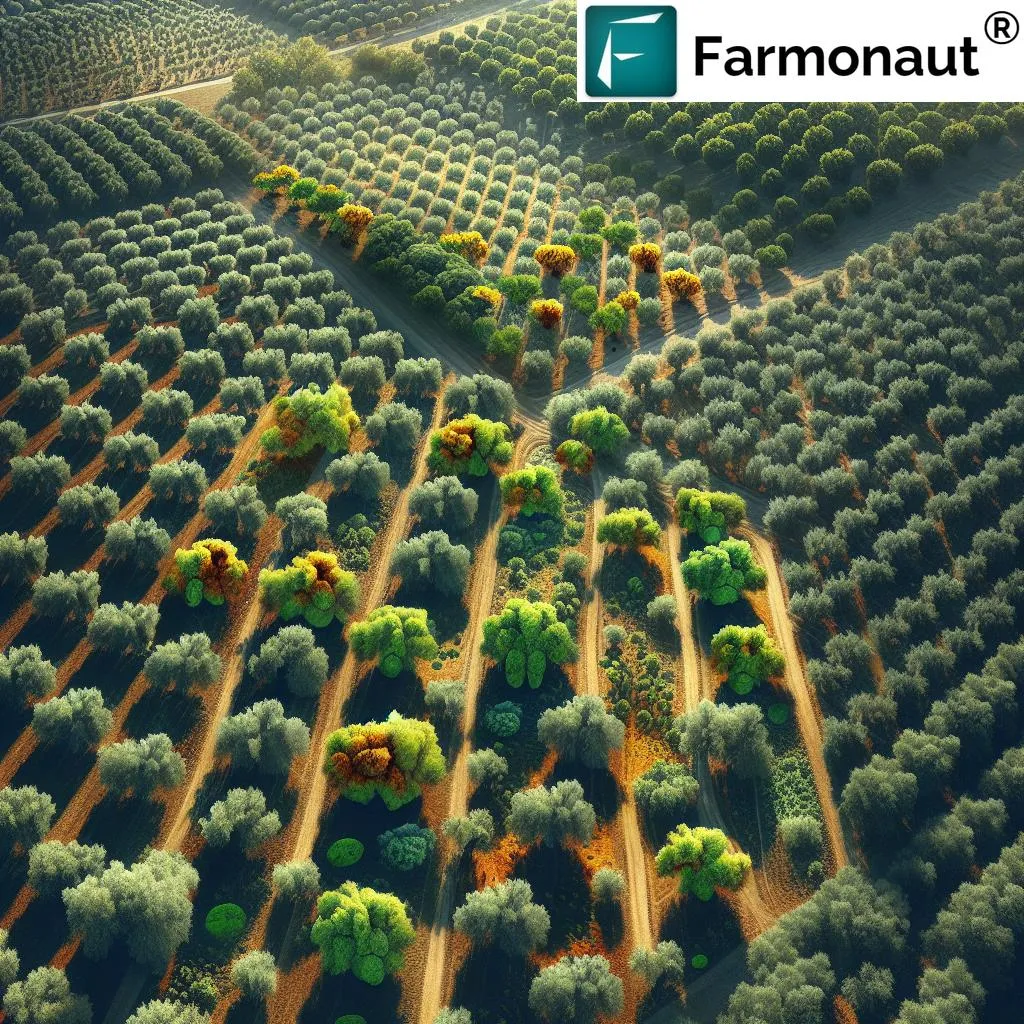In the heart of Portugal, a groundbreaking study is reshaping how we approach olive cultivation, with implications that could ripple across the agricultural sector. Led by Catarina Manuelito from the National Institute of Agrarian and Veterinary Research (INIAV) in Elvas, the research published in *Applied Biosciences* (translated from Portuguese) is a beacon of innovation in precision agriculture. It’s not just about olives; it’s about a sustainable future for farming.
The study, conducted between 2022 and 2023, compared two sensor-based approaches for diagnosing the nutritional status of olive trees. The first approach used a FLAME spectrometer for proximal sensing, while the second employed UAV-mounted multispectral imaging for remote sensing. The goal? To find a non-destructive, real-time method for monitoring nutrient levels, aligning with the European Union’s Farm to Fork strategy to halve soil nutrient losses by 2030.
Manuelito and her team focused on three olive cultivars—‘Azeiteira’, ‘Arbequina’, and ‘Koroneiki’—subjecting them to different fertilisation regimes. The results were promising. Machine learning models showed strong correlations between sensor data and nutrient levels. The multispectral sensor excelled in detecting phosphorus (P) and potassium (K), while the FLAME spectrometer was more accurate for nitrogen (N).
“This study underscores the potential of sensor-based technologies for non-destructive, real-time nutrient monitoring,” Manuelito explained. “Each sensor offers specific strengths depending on the target nutrient, which could revolutionise how we approach fertilisation in precision agriculture.”
The implications for the agricultural sector are profound. By adopting these sensor-based technologies, farmers can reduce excessive fertiliser use, mitigating environmental concerns and promoting sustainable practices. This is not just about improving crop yields; it’s about preserving the environment for future generations.
The research published in *Applied Biosciences* (translated from Portuguese) is a stepping stone towards a more sustainable and data-driven approach to agriculture. It’s a testament to the power of technology and innovation in shaping the future of farming. As we stand on the brink of a new agricultural revolution, studies like this one are guiding the way, offering solutions that are not only effective but also environmentally conscious.
In the words of Manuelito, “This work contributes to more sustainable and data-driven fertilisation strategies in precision agriculture.” And indeed, it does. The future of farming is here, and it’s looking greener than ever.

